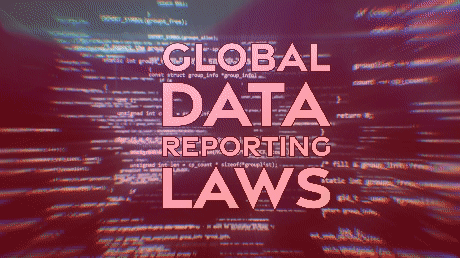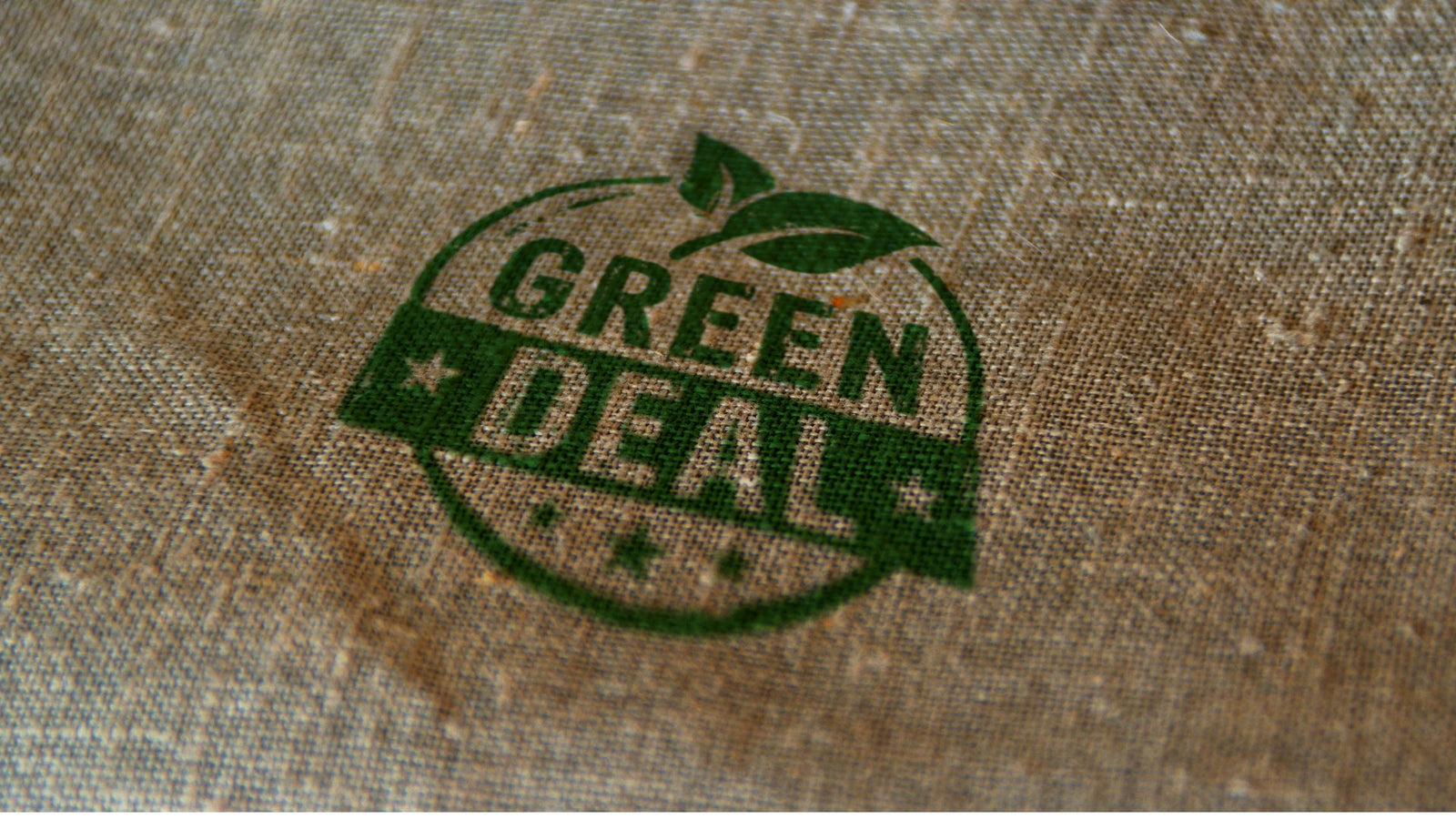The new regulations respond to 2015's Paris Agreement, the 2030 UN Sustainable Development Goals and the EU's 2050 Carbon Neutrality Goals as set out in the European Green Deal.
- These regulations continue the EU's "Shared Value" strategy, which advises taking your biggest problem and turning it into your sustainable competitive advantage. On its face, the regulations appear protectionist and, at some level they are. However, the rationale is climate change is a global problem that extends beyond the EU's borders and requires global solutions.
The result of this economic flex will likely be stronger, higher-priced EU brands and the development of new, higher-value supply chains in traditional sourcing countries, which embrace the transformation. A corollary is that the EU traditionally does not lower regulation standards for richer members, but creates paths for less developed in-border countries to rise toward economic parity. In many ways, the new regulations continue that tradition.
- If we define "quality" as "desirable ESG+ dimensions" then the regulations transform subject products into competing on quality rather than price. The new regulations go a long way to activating our crafts differentiation strategy.
- The acceleration is a recognition that we are moving towards a world where "cheap" is not cheap in terms of domestic workers, environmental sustainability, economic resilience and national security. The new regulations appear to disadvantage and disengage from a newly aggressive China and other rising autocratic economies. These changes are inflationary but also push towards longer lasting, higher quality goods.
- Bottom Line: To remain tradable, products will have to become products + data or be siezed by EU customs agents at the border.






